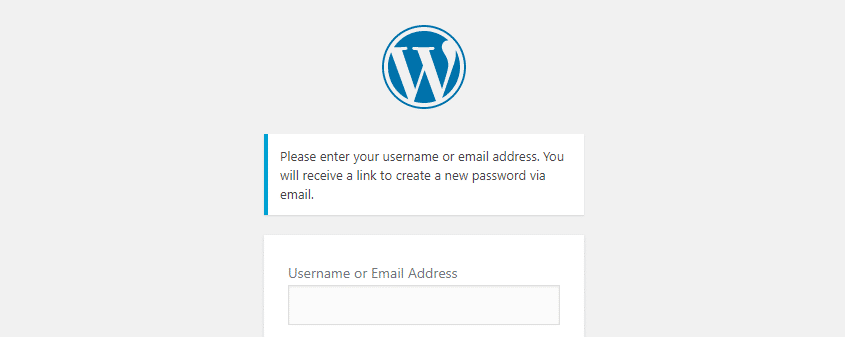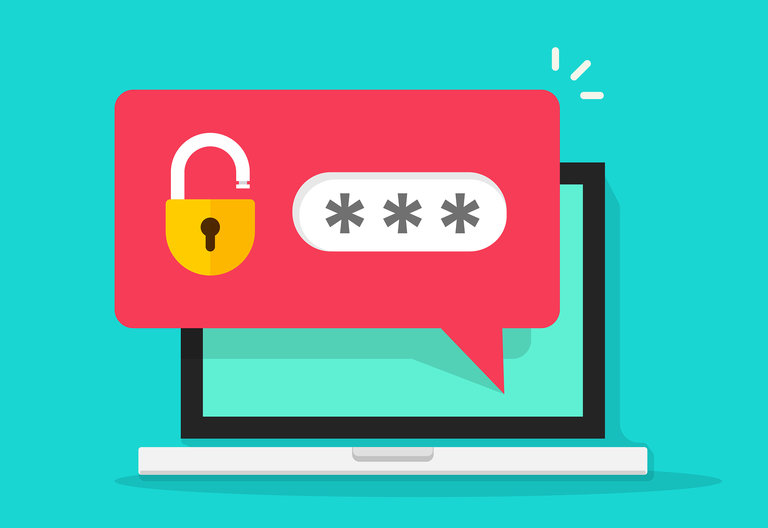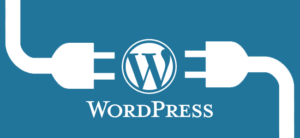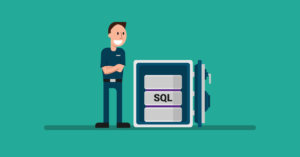Everyone gets locked out of one account or another from time to time – and this can happen even on your own website. It’s usually simple enough to perform a reset, but things can get tricky if the problem is more than a forgotten password. Therefore, learning how to reset your WordPress password manually can come in handy.
Fortunately, there are several ways you can approach this situation. You can reset your password by tweaking your database, for example, or simply use a dedicated tool to get the job done faster. Either way, it is possible avoid ever getting locked out of your WordPress account again.
In this article, we’re going to talk about some of the situations in which you may need to reset your WordPress password manually. Then we’ll teach you two simple ways to do it. Let’s get to work!
Why you might need to reset your WordPress password manually
WordPress enables you to reset your password any time you want through your login screen. However, there are times when you may not be able to access this feature. For example, your website could be down at the moment, or you may have lost access to your admin email address. It could even be the case that someone breached your site’s security and changed your email information, so you have no way to re-enter your website.

WordPress enables you to reset your password, but it’s useful to know how to do it manually.
These situations aren’t all that common, but they can happen to anyone. If you end up in one of these scenarios, you’ll be glad to know that there are other ways to reset your WordPress password. Let’s talk about two of them now.
Two ways to reset your WordPress password manually
Either of these methods works even if you don’t have access to your WordPress dashboard. You’re free to pick whichever one you want; the choice is largely down to personal preference.
1. Reset your password through your cPanel
All the information that makes up your website is stored within WordPress’ database. Each piece of data has its own place in the database, and the easiest way to access yours is through your cPanel.
Naturally, not all web hosting plans or providers offer cPanel. However, in our experience, the vast majority of WordPress-oriented plans do. If your provider doesn’t have cPanel set up for its users, there’s another (slightly more complex) alternative method we’ll talk about in the next section.
For now, access your cPanel using your hosting credentials, and look for the phpMyAdmin option under the Databases section:

Once you’re inside, look for your WordPress database. In most cases, you’ll be able to identify it thanks to the wp_ prefix, although some hosts don’t use that as a default. If there are multiple databases and you’re not sure which of them you’re looking for, click on them one by one. At some point, you’ll find a database that includes the following tables:

This list shows all the tables that store your WordPress data. Look for the one called wp_users – or a variation thereof – and click on the Browse button next to it:

Inside, you’ll find a list including all your site’s users. Locating your own account shouldn’t be hard – just look for your username or email. Once you’ve found it, click on the Edit button for your username:

On the following page, look for the section that says user_pass. You should see a long string of characters and numbers to the right. That’s your password, although it’s encrypted so no one can copy it (in case someone hacks into your database):

However, as the administrator, you can change that password right from this window. All you have to do is delete the aforementioned string and replace it with whatever password you want in plain text. Just to be safe, you’ll also want to select the MD5 option from the drop-down menu to the left, like this:
What this does is force your database to encrypt your new password using a format that WordPress will recognize. Now, click on the Go button at the bottom of the page.

Return to the WordPress login screen and try out your new password – it should work without a hitch!
2. Use the WordPress Command Line (WP-CLI) to reset your password
The first thing you’ll need to do is enable Secure Shell (SSH) access using your web host’s control panel.

In short, the process involves generating ‘keys’ that identify you when you access your server via SSH from your computer. Once you’ve got your RSA private key, you can use either your command line (if you’re macOS or Linux user) or an SSH client such as Putty (if you’re on Windows):

Once you’ve successfully connected to your server via SSH, you should be able to start using WP-CLI right away, since your host has already set things up for you. WP-CLI enables you to manage every single aspect of your WordPress website using simple commands, which is perfect for developers.
You can find a thorough list online of the commands you can use with WP-CLI, but for now, let’s focus on how to use it to reset your password. To complete that task, you’ll need to paste this line into your SSH client:
wp user update USERNAME --user_pass="PASSWORD"Naturally, for the command to work, you’ll need to replace the USERNAME and PASSWORD values with your own new credentials. Unlike the previous method, WP-CLI handles data encryption, so there’s no need to configure any additional settings. Once you’ve entered the command, you can go ahead and log back into your WordPress account.
On the other hand, if you’re using a host that doesn’t include WP-CLI set up by default for your account, don’t worry – you can install it on your own if you have full access to your server. Just follow the instructions on WP-CLI’s home page within the Installing section, and you should be good to go.
In Conclusion
We hope that this article will be useful to you. Please do not lose your password 🙂





